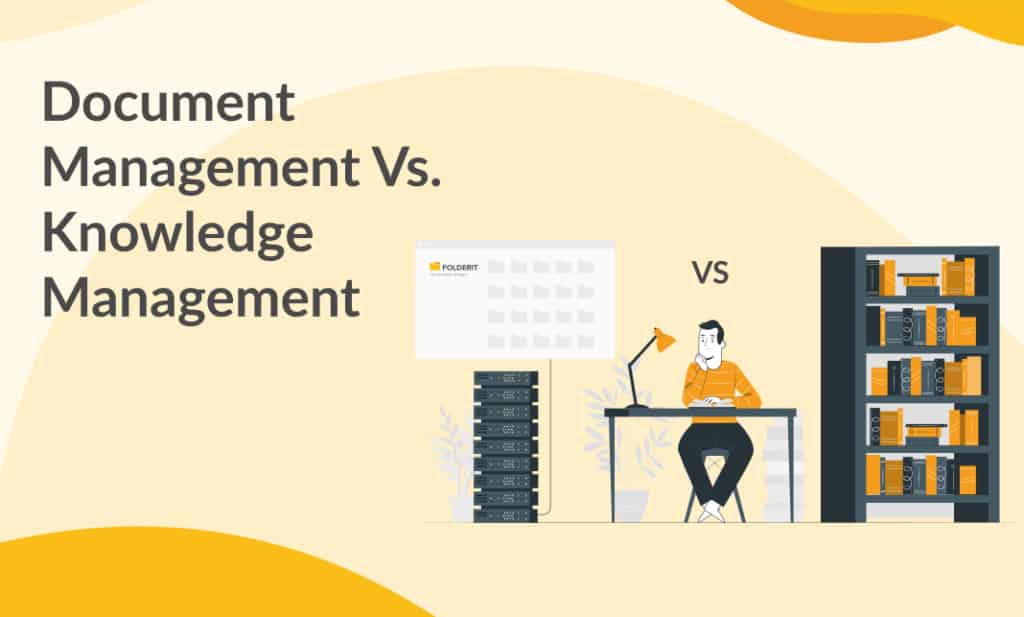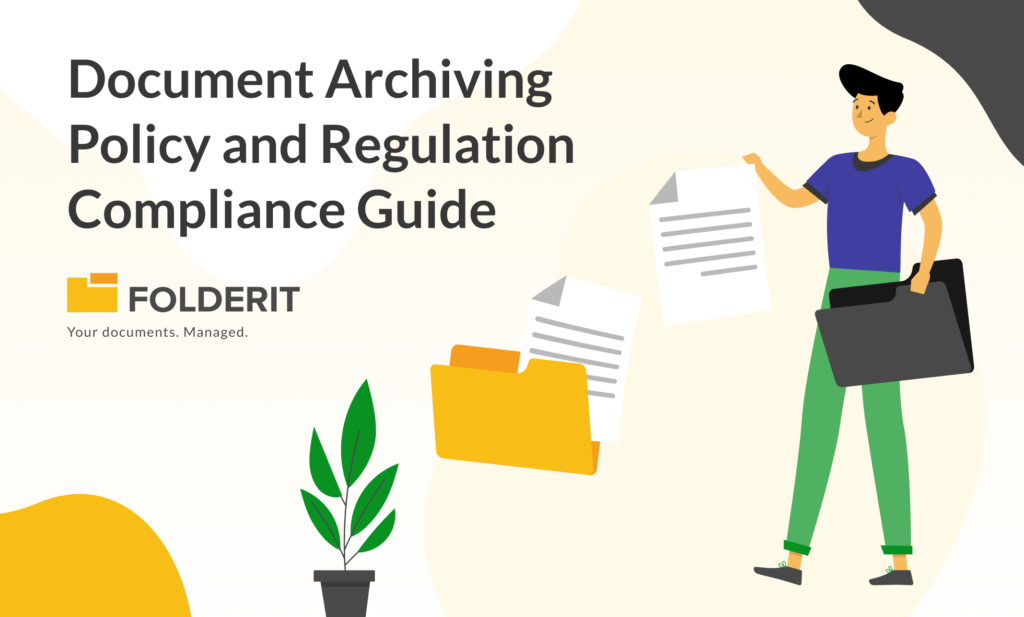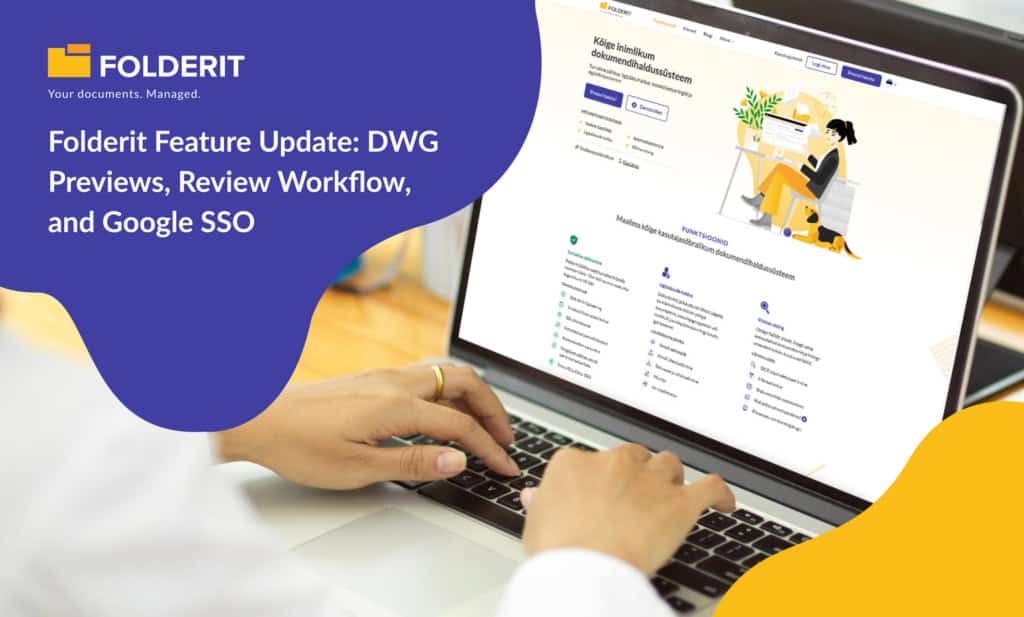Commonly Document Management Systems (DMS) and Knowledge Management Systems (KMS) are often used interchangeably, however, they are distinct fields with unique capabilities and functionalities. Understanding these differences is key to leveraging their potential in your organization.
Defining Document Management and Knowledge Management
Document Management Systems (DMS):
A Document Management System is a software solution that facilitates the organization, storage, retrieval, sharing, and tracking of documents within an organization. It serves as a centralized digital library that supports file formats like Word documents, PDFs, spreadsheets, and more.
Knowledge Management Systems (KMS):
Knowledge Management, on the other hand, is a more holistic approach. A KMS doesn’t just store documents but accumulates, organizes, and shares an organization’s collective knowledge. This includes internal processes, policies, and expertise that aren’t confined to formal documents.
Differences Between DMS and KMS
Document Orientation vs. Knowledge Orientation
A DMS is centered around managing documents. It provides functionalities such as version control, access management, and search capabilities. Folderit, a leading DMS, offers these features and more, ensuring your documents are well-organized and easily accessible.
In contrast, a KMS aims to harness an organization’s collective intelligence. It not just manages documents but also captures, distributes, and effectively uses the knowledge embedded in them. A KMS might include forums, blogs, and other collaborative tools that allow for the sharing of ideas and expertise.
Structured vs. Unstructured Data
DMS primarily deals with structured data, i.e., data that can be easily categorized and stored in predefined formats. For example, contractual agreements, invoices, or employee records.
KMS, however, deals with both structured and unstructured data. Unstructured data includes emails, meeting notes, or tacit knowledge that employees have. A KMS can also capture knowledge from interactions, experiences, or business processes.
Accessibility vs. Usability
A DMS ensures that your documents are accessible to the right people at the right time. With features like Folderit’s advanced search, audit log, and permission-based access, you can effortlessly retrieve and track documents.
A KMS, however, goes a step further to ensure the usability of the information. It makes the knowledge easier to understand, apply, and share, thereby fostering innovation and improving decision-making.
Integrating DMS and KMS: Harmonizing the Information Flow
While DMS and KMS each have distinct objectives, the synergies between them are significant. Indeed, many organizations integrate their DMS and KMS to create a powerful, comprehensive information management solution. Folderit can serve as the core DMS in such an integration, providing robust document management while interfacing seamlessly with your chosen KMS.
Streamlining Data Capture:
The first point of integration between DMS and KMS is at the data capture phase. With Folderit’s advanced file upload capabilities, you can effortlessly feed documents into your KMS. Folderit can handle batch uploads and various file formats, ensuring that all relevant data enters your KMS.
Securing Your Knowledge Base:
A DMS like Folderit brings its robust security features to protect the sensitive information contained in your KMS. Folderit’s encryption and permission-based access ensure that your knowledge base is not just a repository of information but a secure vault of your intellectual property.
Bridging the Structured-Unstructured Gap:
Folderit can also help bridge the gap between structured and unstructured data. Its metadata and tagging capabilities allow you to add structure to unstructured data. This feature helps your KMS extract valuable insights from data that would otherwise be challenging to categorize and analyze.
Enhancing Searchability:
Finally, a DMS can enhance the searchability of your KMS. Folderit’s advanced OCR search feature allows you to find documents quickly using various parameters like file name, date, or tags. This feature can extend to your KMS, making it easier for your employees to locate and utilize the knowledge they need.
Reaping the Benefits of DMS-KMS Integration
Integrating a DMS and KMS can yield significant benefits for your organization:
- Efficiency: A smooth flow of information between your DMS and KMS can increase productivity, as employees spend less time looking for information and more time utilizing it.
- Innovation: By connecting the dots between different pieces of knowledge, a KMS can foster innovation. A DMS like Folderit, serving as the foundation of your KMS, ensures that these dots are easy to find and connect.
- Decision-making: An effective KMS can improve decision-making by providing comprehensive and accessible knowledge. Folderit ensures that this knowledge is always up-to-date and readily accessible.
Maximizing Your Knowledge Potential with Folderit
As we step into the future of work, the integration of Document Management and Knowledge Management Systems will continue to gain prominence. By leveraging Folderit’s robust DMS capabilities, you can lay the groundwork for a comprehensive KMS that aligns with your organizational goals.
Discover the power of streamlined document management with Folderit today. Visit our knowledge base to learn more about our features and see how Folderit can revolutionize the way you manage documents and knowledge in your organization. Embrace the harmonious synergy of DMS and KMS and maximize your knowledge potential with Folderit!



